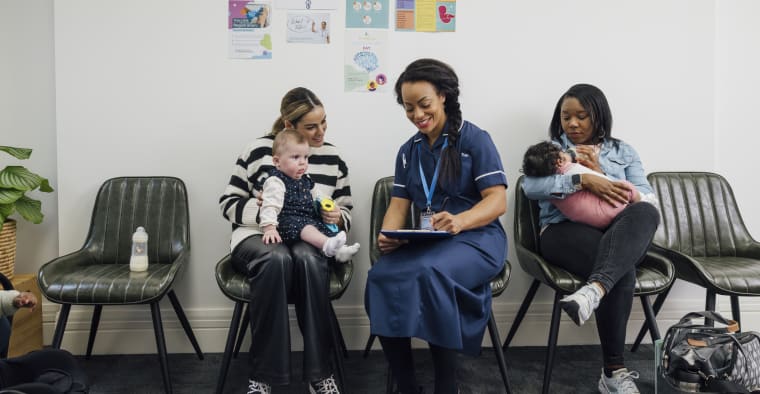New Lancet Study Finds Kids of Color Get Poorer Health Care Than White Counterparts

According to a recent study in The Lancet Child & Adolescent Health, nonwhite children receive less attention and lower-quality care from medical professions. The study’s authors, who include Harvard-trained physicians and social scientists, performed a literature review and analysis of studies published between 2017 and 2022. The findings were grim.
"Overall, the literature reveals widespread patterns of inequitable treatment across paediatric specialties," the summary in the U.K.-based medical journal reads — these include "neonatology, primary care, emergency medicine, inpatient and critical care, surgery, developmental disabilities, mental health care, endocrinology and palliative care."
Consistently, according to the researchers, "children from minoritised racial and ethnic groups received poorer health-care services" than their white counterparts, even when accounting for socioeconomic status and health insurance coverage.
Nonwhite children receive poorer health care than white kids
Many of the study’s specific findings were disturbing. As an example, children of color were found to be less likely to receive painkillers than white children for similar maladies, for instance. The study also found that Black and Asian children were less likely than their white counterparts to have developmental disabilities diagnosed before they reached kindergarten.
Along with pointing out inequities, researchers went on to hypothesize about potential causes, including implicit racism among health care providers as well as disparities in the quality of medical facilities available to parents and children of color.
Further, the study also suggests and prioritizes future research efforts necessary to understand and rectify racism in the American health care system — as well as "policy changes within and beyond the health-care system" that will work to "promote equitable and excellent health for all children."
Racial disparities persist in medical insurance coverage
Unfortunately, the racial inequities pointed to in this most recent study aren’t the only ones the U.S. health care system faces. According to the Kaiser Family Foundation, racial disparities persist in insurance coverage, as well — even in spite of recent coverage gains.
Per KFF’s data, nonelderly American Indian and Alaska Native people had the highest uninsured rate in 2022 at 19.1%, with Hispanic people coming in second at 18.0%. Nonelderly Native Hawaiian and Other Pacific Islanders suffer a 12.7% uninsured rate, while 10.0% of Black Americans are uninsured — compared to just 6.6% of white Americans.
For Americans of all races and ethnic backgrounds, securing quality health insurance at an affordable rate is key to accessing care. While many Americans are insured through their workplaces, others must turn to the private market for individual and family health insurance coverage — and average costs can range substantially depending on your location, plan type and other demographics.
For those who are unemployed, Medicaid coverage or plans available through the Affordable Care Act health insurance marketplace often offer the best coverage at the lowest prices. Parents can also consider child-only health insurance plans, which can help them get their kids the coverage they need, no matter their family’s circumstances.
Editorial Note: The content of this article is based on the author’s opinions and recommendations alone. It has not been previewed, commissioned or otherwise endorsed by any of our network partners.
